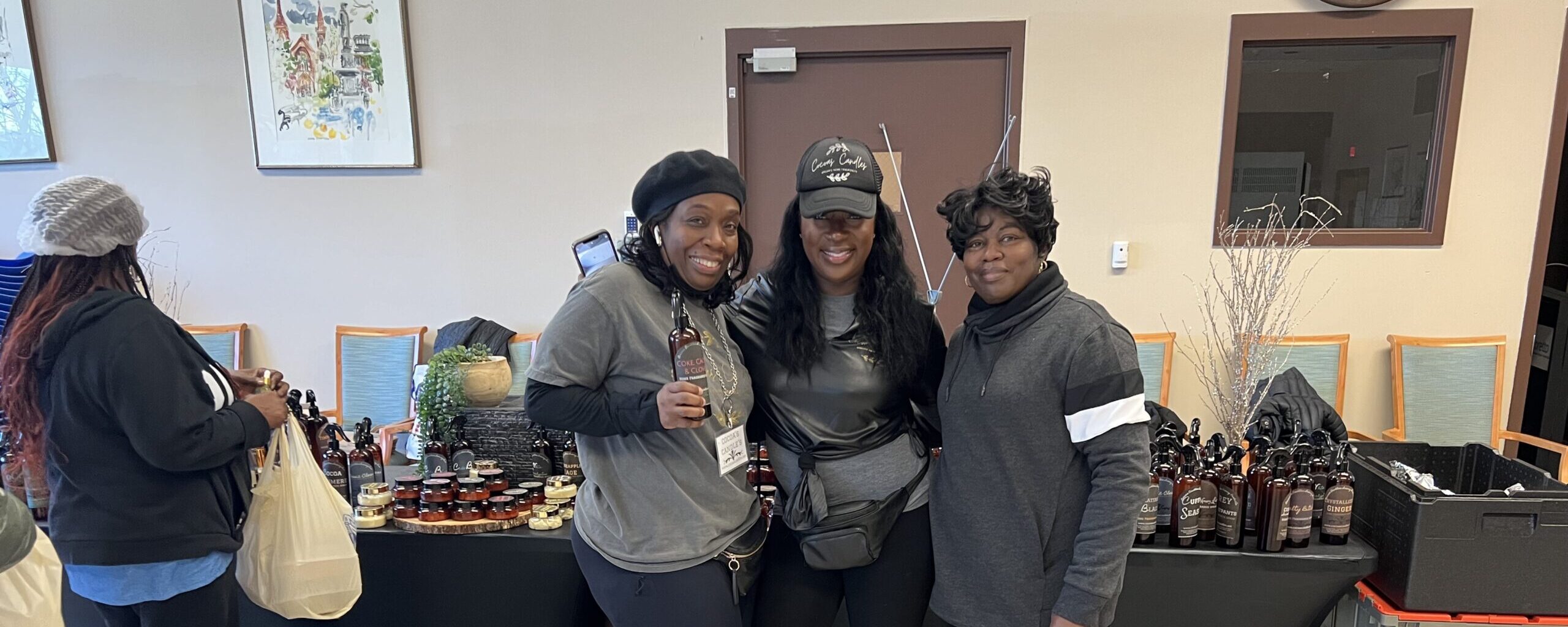Voices Matter: Leveraging Employee Input to Create Deep-Rooted Culture Change
Guest Blog by Chief People Officer Nancy Williams
Diversity, equity, inclusion, and belonging (DEIB) initiatives in the workplace have become prevalent in many industries. However, how companies approach these initiatives determines the impact they make in employees’ lives and the bottom line.
Consider the following statistics to see the potential impact DEIB initiatives CAN have on your business:
- Diverse teams produce 19% more revenue from innovation.
- DEIB initiatives impact recruitment and retention with 86% of candidates globally saying diversity, equity, inclusion and belonging in the workplace is important to them.
- Companies in the top quartile for ethnic diversity are 36% more likely to have above-average financial returns.
- Diverse teams generate 19% higher revenues due to their ability to understand and connect with diverse customer bases.
Ensuring your employee population is representative of various demographics is a great start, but it’s just that – a start. If all of these individuals are physically present, that doesn’t mean they also feel a sense of belonging – and that is the difference. Are you approaching DEIB as a compliance initiative or a culture initiative?
A sense of belonging in the workplace isn’t a bonus; it’s necessary for employees’ well-being, motivation, and productivity. To understand why, we can take valuable insight from Maslow’s Hierarchy of Needs. In his pyramid visual, love and belonging are the third tier, just above physiological and safety needs. We all want to belong, feel accepted, and form meaningful connections with others. (You can read more about it in Kim’s post here.)
The language we use in our mission at Loretto is intentional – “to be a family of exceptional people, caring for and about each other.” Intentional language is a step in the process, but the language alone isn’t going to instill a sense of belonging (more about that in Kim’s post here). To make DEIB a culture initiative, we need to move beyond language to action. What does that look like? We are continuously revisiting this question, but as we work toward integrating DEIB initiatives into who we are at Loretto, I’m happy to share the steps we’re taking.
- We teamed up with a DEI expert. We are excited to work with Gwen Webber-McLeod, president and CEO of Gwen, Inc., who has over 30 years of experience in leadership/organization development, facilitation, strategic planning, the development of effective coalitions/collaborations, helping companies develop strategies for taking diversity and inclusion initiatives to the next level.
- We created a Cultural Advisory Committee. A few weeks ago, we launched our Cultural Advisory Committee – an employee group tasked with advising Loretto on ways we can improve our overall company culture by making positive changes that embrace collective ideas and traditions to create a more inclusive workplace where people feel valued, respected, and that they belong. Members of the Cultural Advisory Committee will bring the collective voice of their peers to the table to represent what’s most important to our Loretto family. They will also listen to feedback from employee focus groups and then work together to prioritize the best ideas that will be most meaningful to all. Representatives also serve as a sounding board as new ideas or issues arise that could improve or impact our environment.
- We’ve started hosting events that celebrate our diversity. In February, Loretto partnered with 1199 Union delegates to plan activities and educational events to celebrate Black History Month. We hosted weekly events for staff and residents, including food and product vendors and entertainment, every Wednesday throughout the month – in support of this year’s theme: “African Americans and the Arts.” Many sites also integrated educational programming.
- We’re listening to determine where we go from here. This is where we’ve started – and to be honest, we aren’t sure exactly where the journey will take us. The positive aspect is that we are moving forward in partnership with our frontline employees. While we can make assumptions about what will foster a community of belonging, the bottom line is, we need to listen, learn, and then make collaborative decisions about what we can do to continue to foster a culture of belonging for all employees.

